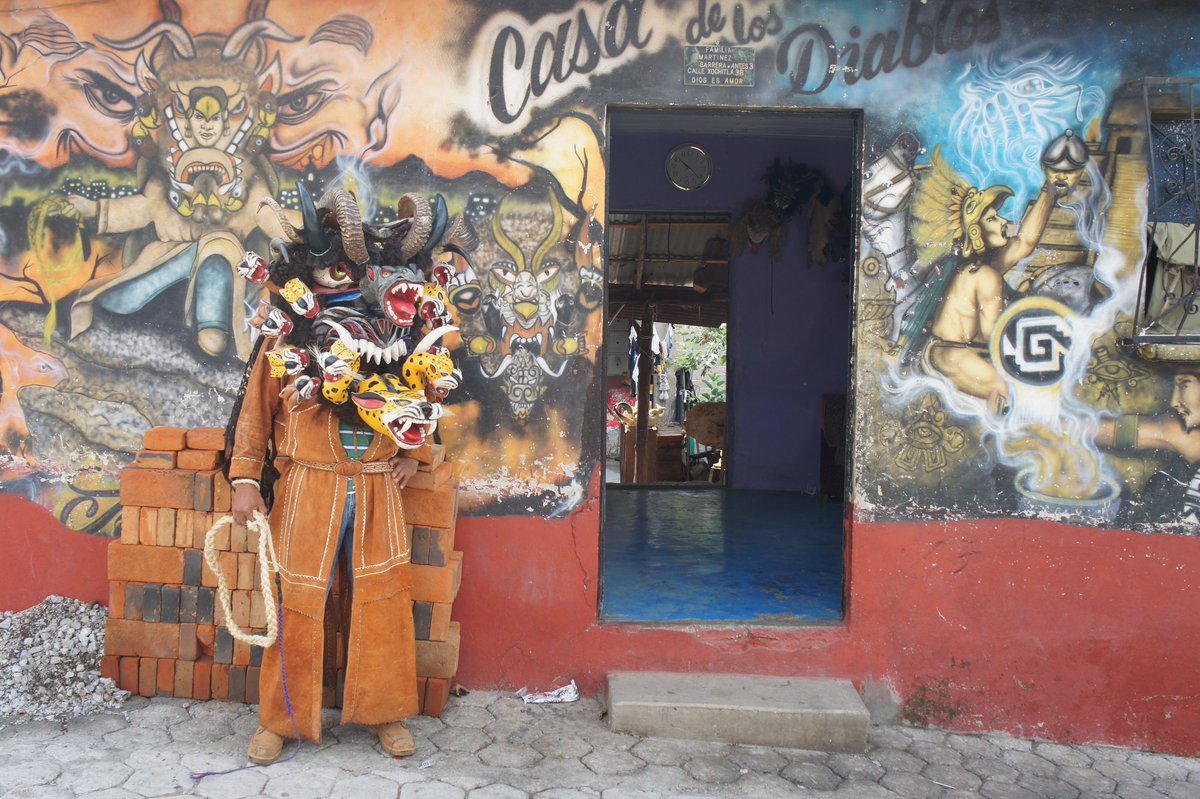On the auspicious day of Diwali (A Hindu festival), I decided to visit The Sri Ganesh Temple Society of British Columbia, the nearest Hindu temple. My aim was to witness a ‘puja’- A Hindu prayer, in order to continue my family tradition of visiting the temple every Diwali. Besides my spiritual and cultural beliefs, I brought my sociological perspective along, and not only did I attain divine satisfaction through this experience, but also recognized aspects of preservation and education of cultural and religious identity among the Hindu immigrants residing in Vancouver, because Temples are not merely a place of worship, but also a medium to conserve culture, as Thomas F. O’Dea says, “In periods of rapid social change and large-scale mobility, the contribution of religion to identify may become greatly enhanced.” (Thomas F. O’Dea, Social forces, 1966)
My expedition to the Hindu temple gave me an insight into the mechanism through which the degree of faith towards metaphysical forms persists even in a predominantly Christian and multi-cultural society. Religious experiences are important cultural aspects of people from different national backgrounds. A temple is the house of God, a place responsible for the integration of individuals in the name of common faith and practice, a place in which religious artifacts and social interactions reflect cultural patterns and other social structures. It upholds and validates the traditional way of life, more than that it unites people, acting as an agent of social solidarity, unity and identity. A common belief, common value-judgement, and common worship are significant factors in unifying people to discover their religious identity.
Throughout the process of ‘puja’, the Hindu prayer to idols, I noticed extreme conviction amongst the worshippers, they all had their hands joined and eyes closed and seemed to be experiencing a certain kind of transcendentalism towards this group activity. Social life on such occasions is at its most intense, believes Emile Durkheim. His focus on religious ‘practices’ rather than ‘beliefs’ explains the conviction experienced by devotees during the ‘puja’, this he believes is the religiosity- the religious feeling which is generated through the practice of such rituals, for example, during the recitation of mantras in a ‘puja’ the worshippers joined the priest and continued ringing the bells (a ritual performed by the priest during the prayer), not as an obligation but as a need to perform in the group action, thus “Durkheim maintained that when people act collectively in groups, they feel the presence of a life-enhancing power that is experienced as originating outside themselves” (Michael G. Kenny & Kristen Smillie, 2017), revealing the transcendental power as coming from within individuals as members of the society and not due to any supernatural or metaphysical being. This reference to ‘collective imagination’ through religiosity he conjectures is the set of shared beliefs, ideas, and moral attitudes which operate as a unifying force within society. Religion, according to my interpretation of such activities, is the recognition of the superiority, moral or physical, of the collective over the individual.
The presence of these temples help preserve and recreate the collective imagination Hindu immigrants wish to experience residing in Canada, a predominantly Christian and multi-cultural country, they recognize their religious beliefs and practices identical to a fellow Hindu in such temples, Hindu temples act as cultural ambassadors and provide spiritual and educational services to the Indian community. Temples in Canada serve also as cultural hubs where the Indian community can get together to celebrate various festivals.
In conclusion, visiting a Hindu temple is a very enriching experience for people from any religious or cultural background. Observing a cultural setting is a very powerful way to realize how certain social practices satisfy the human religious need and prove to be highly cathartic in its functioning and performance. Religion and culture are aspects of people’s lives that are complexly intertwined. Religion contains some of the more fundamental aspects of any cultural institutions. Understanding religious experiences is a powerful way to learn about the culture of different nations.
Works cited:
Allan W. Eister; THE SOCIOLOGY OF RELIGION. By Thomas F. O’Dea. Englewood Cliffs, New Jersey: Prentice-Hall, 1966.
Michael G. Kenny & Kristen Smillie, Stories of culture and place, 2017

